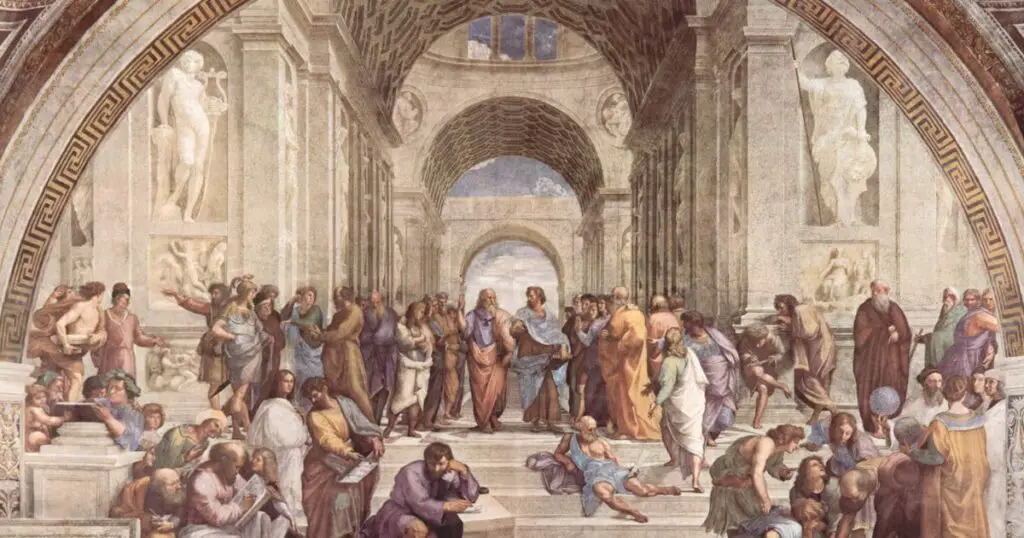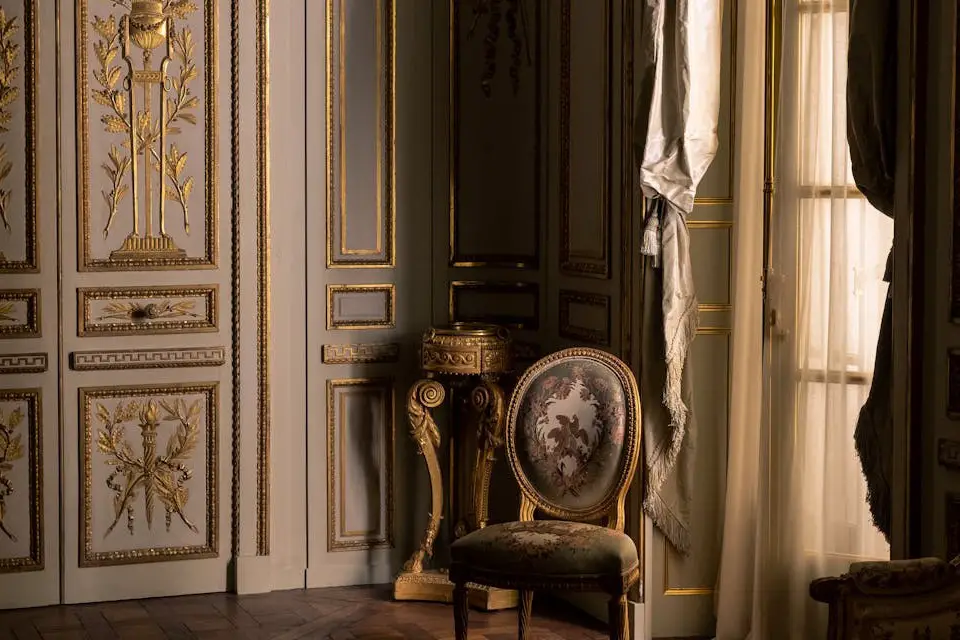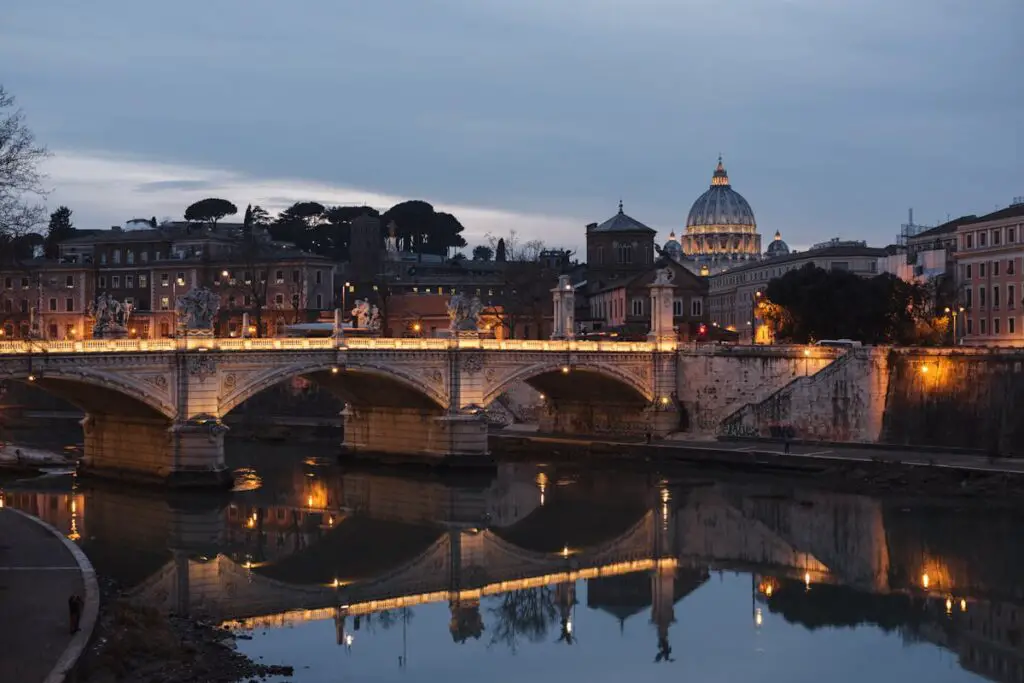Key Takeaway: Renaissance fairs are the heart of a community eager to celebrate the rich history, art, and culture of the Renaissance era. It's more than dressing up or tasting historical flavors; it's about connecting with others, creating memorable moments, and exploring human creativity and ingenuity. Whether you're interested in history, or culture, or seeking a unique community event, Renaissance fairs offer a welcoming space for all to enjoy and learn.
Renaissance fairs, also known as medieval fairs or festivals, are outdoor events that recreate the sights and sounds of the Renaissance period. These fairs typically take place over a weekend or multiple weekends in a designated area, such as a park or fairgrounds. They feature a variety of entertainment, food and drinks, crafts, and activities, all inspired by the culture and lifestyle of the Renaissance era.

The Birth of Renaissance Fairs:
The first documented renaissance fair dates back to 1963 in California, organized by a group of history enthusiasts. It was initially called the “Renaissance Pleasure Faire” and aimed to educate people about the artistic and cultural achievements of the period. The fair’s success inspired the creation of similar events across the United States, Canada, and Europe.
Over time, renaissance fairs evolved from educational events to entertainment festivals. They started incorporating more interactive elements such as jousting tournaments, live music, and street performances. Today they are a popular form of outdoor entertainment for people of all ages.
Growth and Popularity:
Renaissance fairs have become a cultural staple in many communities, attracting thousands of visitors each year. In the United States alone, there are over 200 Renaissance fairs held annually, with some drawing crowds of up to half a million people. The popularity of these events can be attributed to their diverse offerings and the unique experience they provide.

One of the reasons for the growing popularity of Renaissance fairs is their inclusive nature. They appeal to a wide range of individuals, from history buffs and cosplay enthusiasts to families looking for an interactive and educational outing. Renaissance fairs also attract visitors with different interests, such as food lovers who can indulge in traditional dishes like turkey legs and mead or fashion followers who can dress up in period-inspired costumes.
Elements of the Fair:
Renaissance fairs are known for their elaborate and immersive settings, which take visitors back in time to experience the Renaissance’s sights, sounds, and smells. The fairgrounds are divided into different themed areas such as a medieval village, a royal court, and a craft market.
Live entertainment is also a significant aspect of Renaissance fairs. Visitors can watch jousting tournaments, stage shows featuring acrobatics and comedy, and musical performances by minstrels and bards. There are also interactive activities for visitors, such as archery, sword fighting demonstrations, and crafts workshops.
Cultural Impact:
In addition to providing entertainment and education, renaissance fairs have a significant cultural impact on the communities where they are held. These events bring people together and foster a sense of community spirit, as residents often volunteer or participate in various roles.
Renaissance fairs also support local economies by providing job opportunities and boosting tourism. They can also positively impact small businesses, such as artisan vendors selling handmade goods at the fair.

Additionally, renaissance fairs have become a platform for promoting diversity and inclusivity. Many fairs now feature multicultural elements, such as music and performances from different cultures, to celebrate the diversity of the Renaissance period.
FAQs:
In this section, we will be delving into some of the most common inquiries and curiosities that surround our topic.
Who can attend a Renaissance fair?
Anyone can attend a Renaissance fair! They are open to people of all ages and interests.
Do I have to dress up in costume?
While not required, many visitors choose to dress up in period-inspired costumes to enhance their experience. It is entirely optional.
Are Renaissance fairs historically accurate?
Although some elements may be historically accurate, the primary goal of Renaissance fairs is to provide an entertaining and immersive experience rather than strict historical accuracy.
Can I bring my family and children?
Yes, renaissance fairs are family-friendly events with activities for all ages.
Conclusion: What are Renaissance Fairs?
Renaissance fairs offer a unique and immersive experience that appeals to a diverse audience. They have evolved from educational events to cultural festivals, providing entertainment, community spirit, and economic benefits.
With their popularity continuing to grow, renaissance fairs are here to stay as a beloved form of outdoor entertainment for all. Will you be attending one soon? So why not gather your friends and family and step back in time at a Renaissance fair near you?



Leave a Comment
You must be logged in to post a comment.